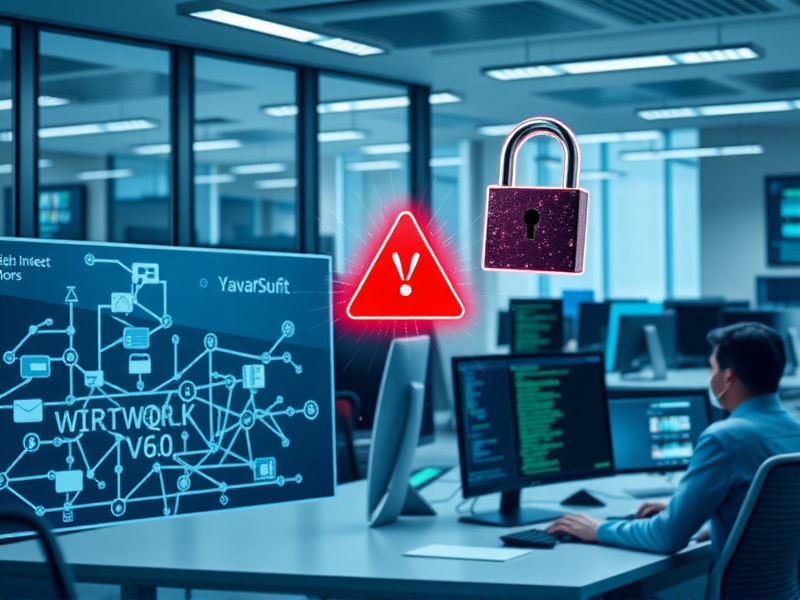Threat Overview
Published Date: October 6, 2025
Report Name: XWorm V6: Exploring Pivotal Plugins
Confidence Level: 100%
Reliability of the Report: A – Completely reliable
Introduction
The release of XWorm V6.0 on June 4, 2025, has marked a significant escalation in cyber threats. Since its launch, there has been a notable increase in samples identified as XWorm V6.0 on VirusTotal, indicating its swift adoption by threat actors. This report delves into the mechanics of XWorm V6.0, highlighting its delivery methods and providing actionable recommendations for mitigation.
Delivery Mechanism
A prominent campaign showcasing XWorm V6.0’s delivery involves a malicious JavaScript (JS) file. This JS file initiates a PowerShell (PS1) script, which then deploys an injector to deliver the XWorm Client. This multi-stage attack vector underscores the sophistication of modern malware and the need for robust defensive strategies.
Technical Details
The XWorm V6.0 malware employs several pivotal plugins that enhance its capabilities. These plugins allow the malware to perform various malicious activities, including data exfiltration, lateral movement within a network, and persistence mechanisms. The use of these plugins makes XWorm V6.0 a versatile and dangerous threat.
Impact Assessment
The surge in XWorm V6.0 samples indicates that threat actors are actively leveraging this malware to compromise systems. Organizations must be vigilant and implement comprehensive security measures to detect and mitigate potential threats. The rapid adoption of XWorm V6.0 highlights the need for continuous monitoring and updating of security protocols.
Recommendations
1. Enhance Endpoint Protection: Deploy advanced endpoint protection solutions that can detect and block malicious scripts, such as JavaScript and PowerShell files.
2. Network Segmentation: Implement network segmentation to limit the lateral movement of malware within the network. This can significantly reduce the impact of a successful attack.
3. Regular Updates and Patches: Ensure that all systems and software are regularly updated with the latest security patches. This helps in mitigating vulnerabilities that malware can exploit.
4. Employee Training: Conduct regular training sessions for employees on recognizing and avoiding phishing attempts and other social engineering attacks.
5. Incident Response Plan: Develop and regularly update an incident response plan to quickly detect, respond to, and recover from security incidents.
Conclusion
The emergence of XWorm V6.0 underscores the evolving nature of cyber threats. Organizations must stay ahead of these threats by adopting a proactive approach to cybersecurity. By implementing the recommended measures, organizations can enhance their defenses and protect against sophisticated malware like XWorm V6.0.


